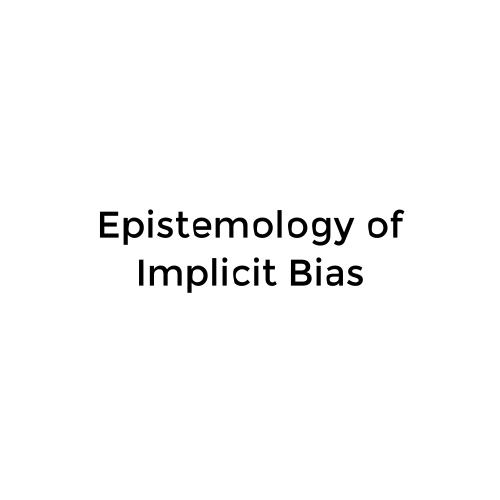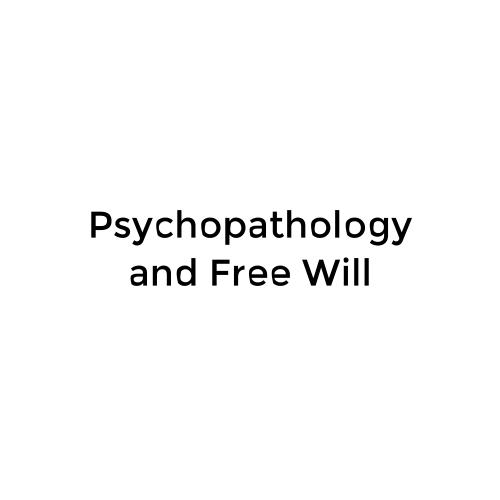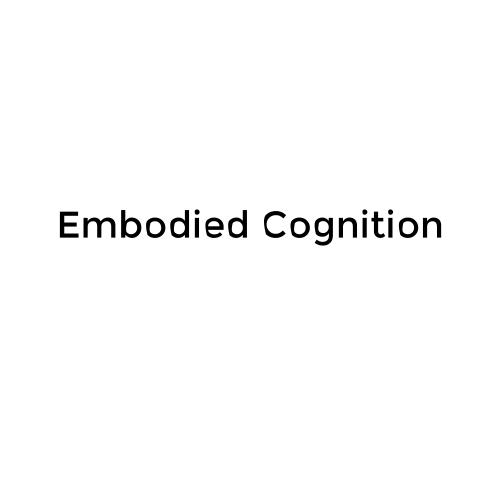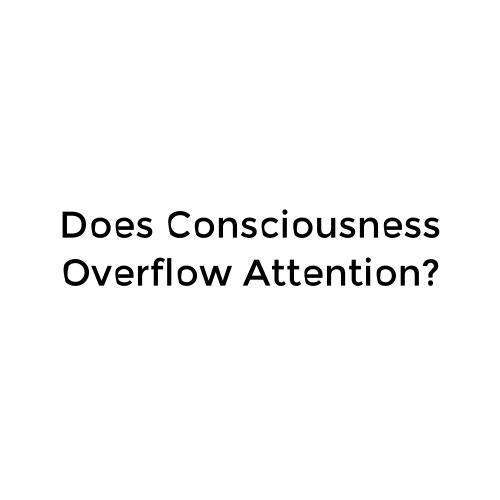Varieties of Attention
Covert vs. Overt
- This distinction concerns whether or not the subject makes a bodily movement in order to attend to something.
- One common measure of covert attention is inhibition of return (IOR): recently attended locations are less likely to be attended to again.
- However, it's not clear that these are two distinct kinds of attention, as opposed to one kind that may or may not be supported by movement.
- Moreover, there is evidence that overt and covert attention involve common brain areas.
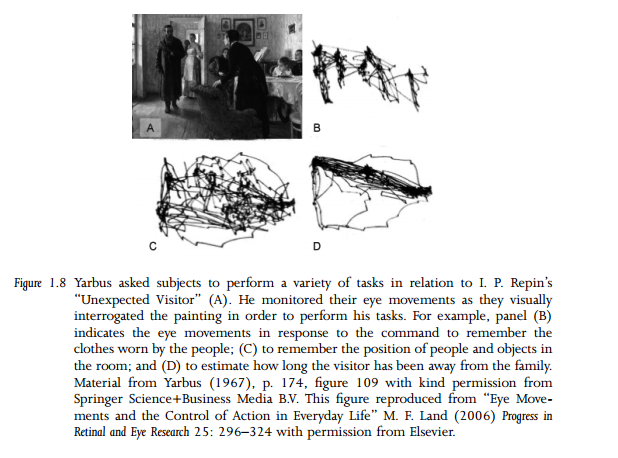
Direct vs. Indirect Cueing
- In the Posner spatial cueing paradigm, subjects are presented either with "direct" cues that appear at target locations, or "indirect" cues that appear at fixation.
- There are significant differences in the forms of attention evoked by these differing cues: direct cues draw attention more quickly but for a shorter time, followed by a period of IOR. Also, only indirect cues are affected by cognitive load.

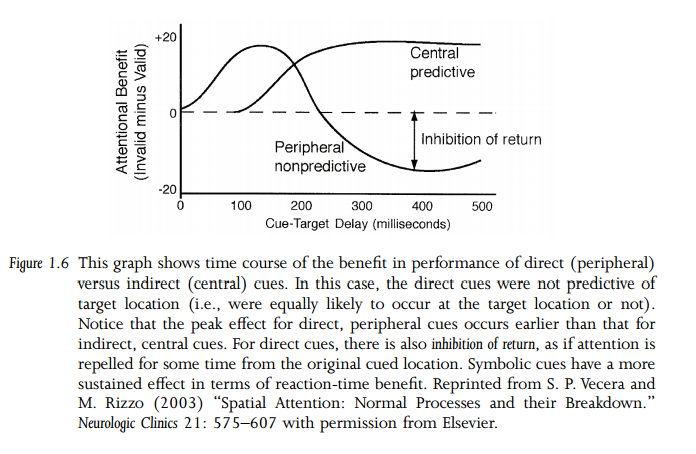
Top-Down vs. Bottom-Up
- This is one basic distinction suggested by the Posner cueing paradigm: it concerns whether a subject's attention is influenced by "higher" cognitive processes.
- Some examples of such processes would be intentions, semantic knowledge, etc.
- Wu's definition (p. 30): S's attention to X is top-down if it involves the influence of a non-perceptual psychological state for its occurrence, and bottom-up otherwise.
- Though we might ask: What kind of influence must this be? And how do we discover it experimentally?
Controlled vs. Automatic
- Here, the specific issue is whether or not a person attends intentionally to something (under a certain description).
- Note that this is not just a matter of attending as one intends, but also of attending because of this.
- Thus Wu (p. 33): S's attention to X is controlled relative to feature F if S's attention having F results from S's intending it to have F.
- Here again there are some complications: How must attention result from intention? And how is this to be measured?
Are there really two separate distinctions here?
Top-Down
Bottom-Up
Automatic
Controlled
Which distinction is revealed in the Posner cueing paradigm?
Wu's "Empirical Sufficient Condition"
- S perceptually attends to X if S perceptually selects X to guide performance of some experimental task T -- i.e., selects X for that task.
- The idea so far is that selection for a task is sufficient (enough) for attention, not that it is necessary (required) for it.
- And this is supposed to be implicit in experimental practice.
- Note a worry, however: How exactly can we make sense of this "in order to" language when automatic processes are concerned?
Varieties of Attention
By schwenkler3930
Varieties of Attention
- 739
